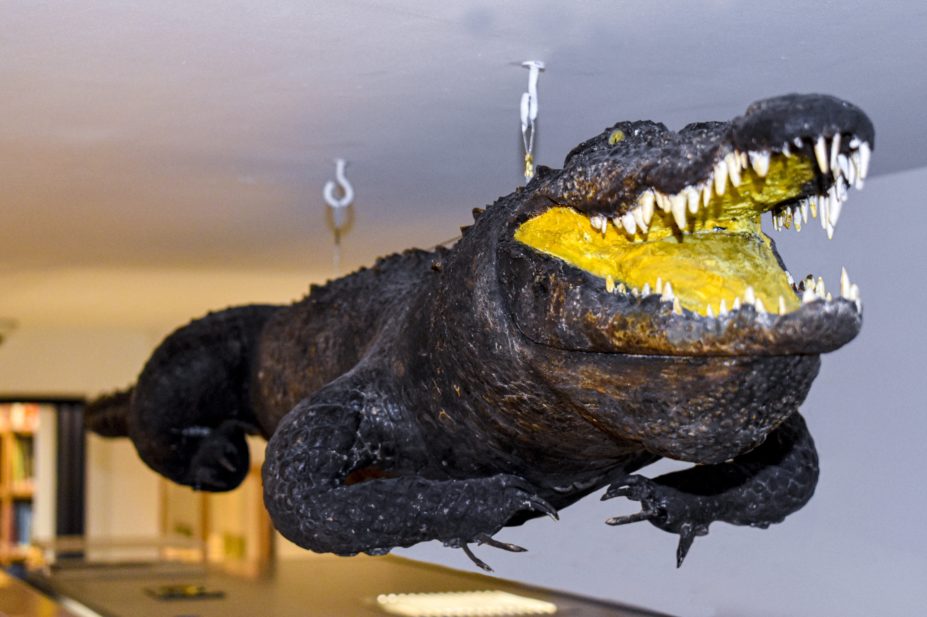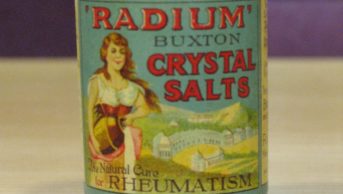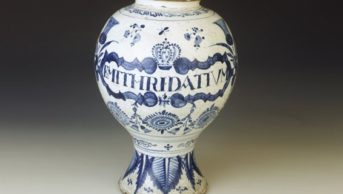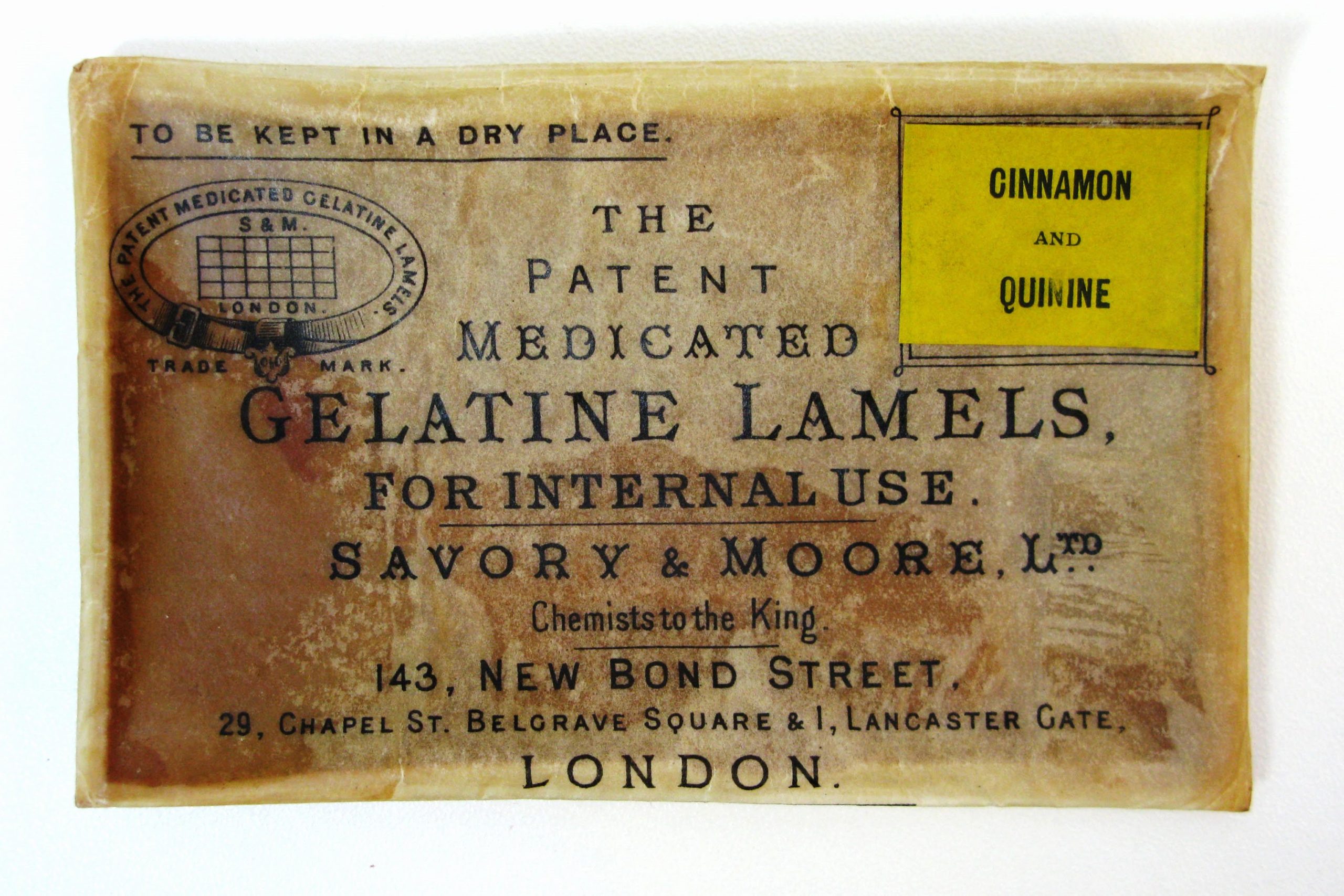
Mclean
Having a taxidermy animal hanging from the ceiling of an apothecary’s shop — often an alligator or crocodile — seems to have always been a common symbol of the pharmacy profession, although nobody really knows how or why this came to be.
This Nile crocodile (Crocodylus niloticus), a large crocodilian native to freshwater habitats in Africa, is on display in the Royal Pharmaceutical Society museum. Not much is known about the age or history of the museum’s crocodile, but it may have had a previous life as a pharmacy school mascot or a prop at an event.
Some early pharmacopoeias, particularly Pierre Pomet’s Histoire des drogues — first published in 1694 and translated into English as Compleat History of Druggs —
emphasised the exotic nature of some medicinal ingredients and, as a result, perhaps these taxidermy trophies advertised that the apothecary in question had access to the rarest and most effective ingredients from the furthest parts of the world.
These visual symbols would have been particularly effective at a time when many of the population were illiterate.


